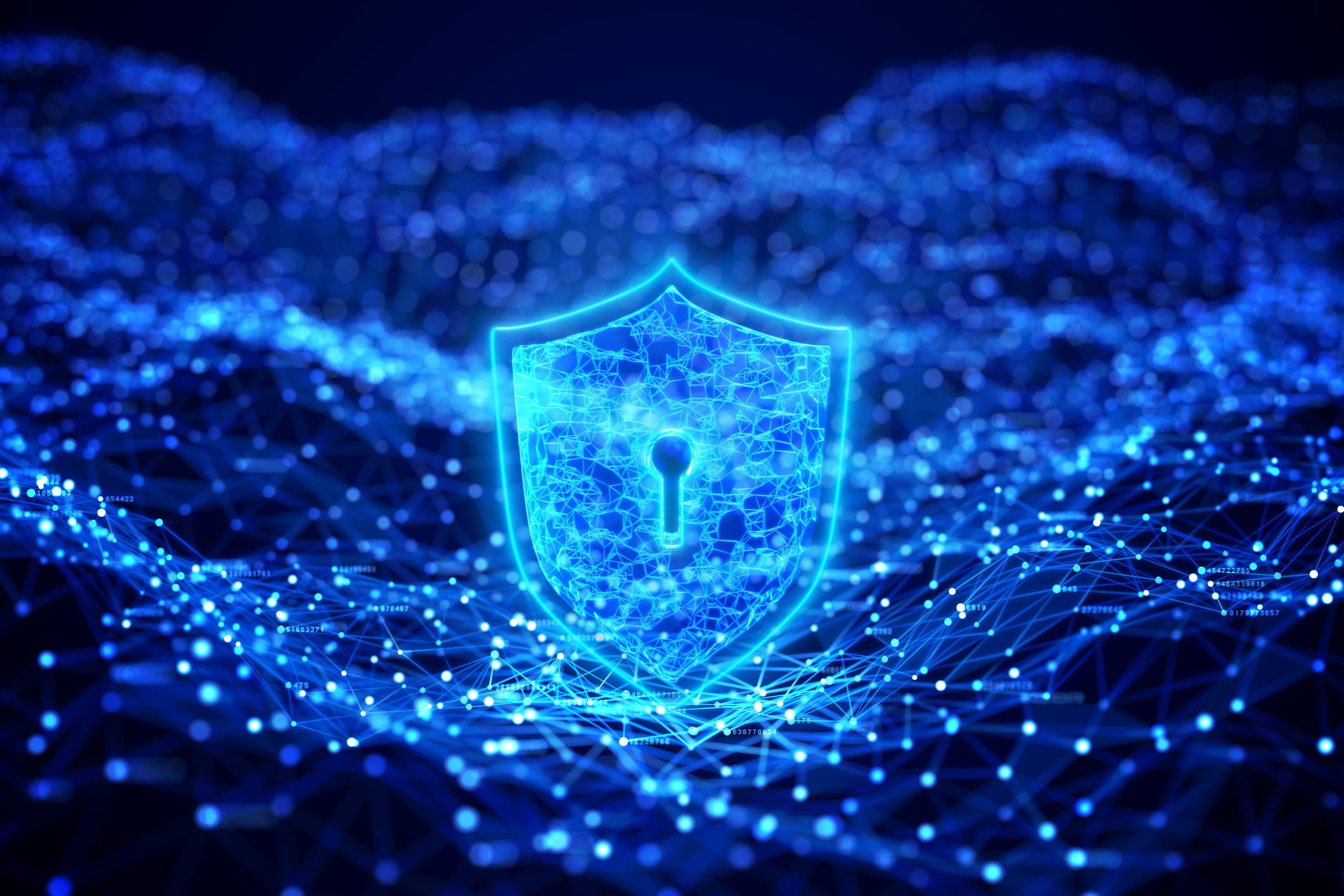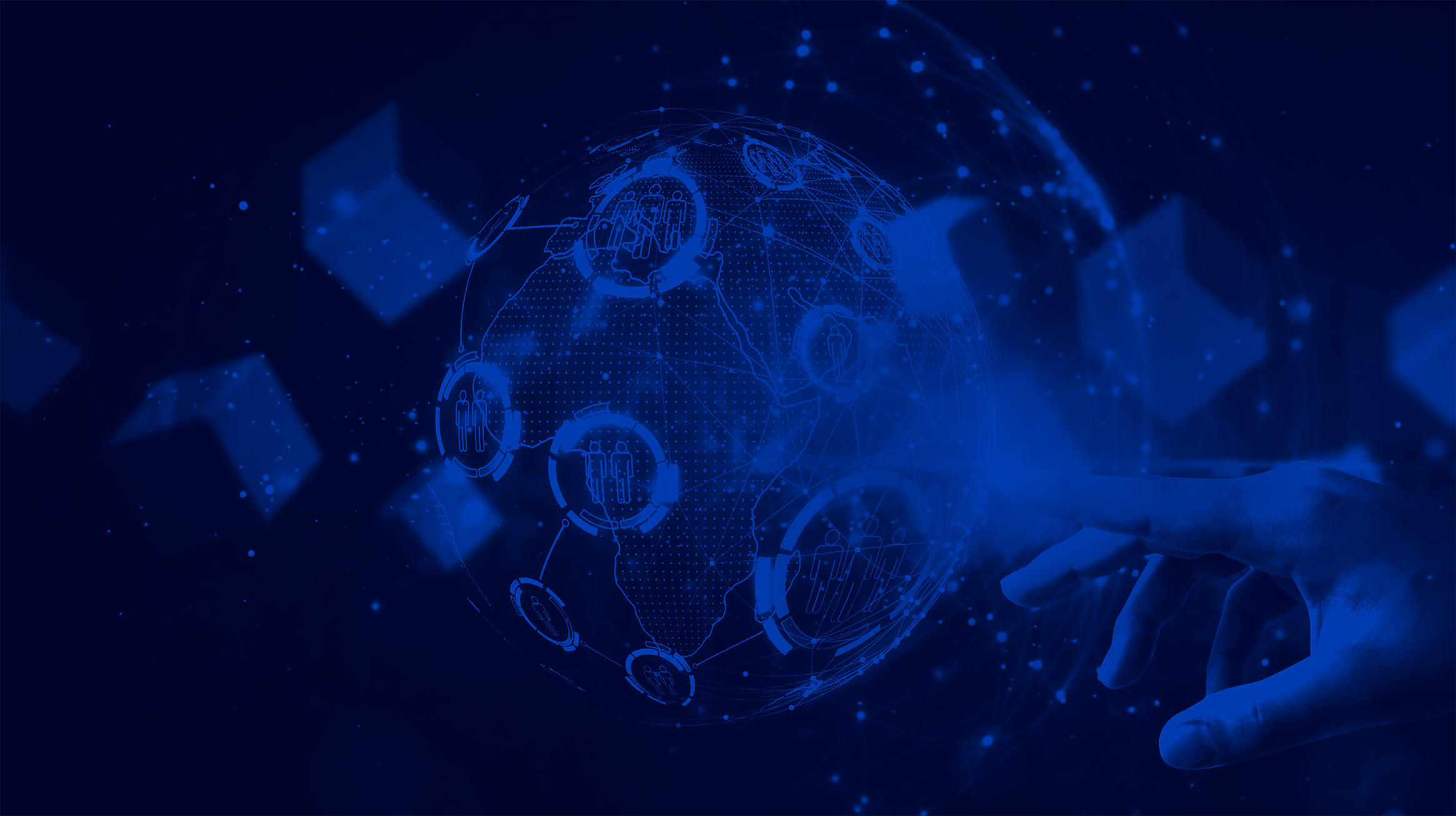Security Operations Centers (SOCs) are entering a new phase as agentic AI begins to automate key aspects of threat detection, investigation, and response. Building on advances in SIEM, SOAR, and XDR, agentic platforms enable more autonomous and scalable operations, helping organizations focus resources on strategic priorities. Our latest blog explores how the emergence of Agentic SOCs is advancing security operations across the industry.
Since 2000, Security Operations Centers (SOCs) have anchored organizational threat detection and incident response efforts. Yet organizations consistently struggle with staffing challenges and budget predictability. As the last line of defense against adversaries breaching organizational defenses, SOC analysts rely heavily on tools such as SIEM solutions, a market Omdia estimates reached $2.6 billion globally in 2024.
Cost containment pressures have driven continuous SecOps innovation, from XDR solutions simplifying threat detection to SOAR tools automating security workflows. Now, agentic AI represents the latest evolution in cost-effectively scaling security operations, with startups entering the market and established vendors rapidly integrating agentic capabilities through internal development or acquisition.
Defining Agentic SOCs
Agentic SOCs utilize AI agents capable of performing a broad set of tasks from alert triage through remediation without constant human oversight. Agentic AI has the potential to transform security operations by automating threat detection, investigation, and response processes, freeing up analysts for more strategic operations.
Agentic AI is a rapidly maturing technology that SecOps teams are embracing as SOCs quickly become laboratories for advanced AI implementation. This adoption is revolutionizing operations more dramatically than any innovation since Next gen-SIEM platforms emerged.
Market Development and Timeline
According to Omdia's 2025 cybersecurity decision maker survey, autonomous SOC evolution may reach full potential and become standard for CISOs within 1-2 years. Vendors should integrate agentic AI into threat and exposure management solutions to enhance predictive analytics, automated remediation, and risk prioritization capabilities. A platform approach linking detection and response data with exposure information will provide a richer context and improve overall security outcomes, making agentic SOC evaluation a key strategic priority moving forward.
Top 10 funded startups in the autonomous SOC market
Omdia is tracking more than 50 agentic SOC startups. Many entered the market with solutions addressing typical Tier 1 use cases such as alert triage and investigation. A smaller number of these vendors, often the better-funded vendors, focus on Tier 2 or Tier 3 use cases.
AI-native solutions, with their multi-agent architectures, should support a relatively rapid expansion of addressed use cases. The following list includes ten of the better funded startups in the autonomous SOC market with Figure 1 showing the impact of the funding.
- Akira AI: Specializes in AI-powered threat detection and response automation, focusing on reducing false positives through advanced machine learning algorithms.
- Tines: Provides a no-code security automation platform that enables SOC teams to build complex workflows and orchestrate security tools without programming expertise.
- Torq: Offers enterprise-grade security orchestration with drag-and-drop workflow builder, emphasizing scalable automation for large security operations.
- Xbow: Focuses on autonomous incident response and threat hunting capabilities, leveraging AI agents to perform complex security investigations independently.
- Blink Ops: Delivers cloud-native security automation platforms with pre-built integrations, targeting rapid deployment and ease of use for security teams.
- Exaforce: Specializes in AI-driven security analytics and automated threat correlation, designed to enhance SOC analyst productivity and decision-making speed.
- AiStrike: Provides autonomous cyber defense solutions with real-time threat neutralization capabilities, focusing on proactive attack prevention and mitigation.
- Andesite: Offers an intelligent security orchestration platform that combines machine learning with security expertise to automate complex SOC operations.
- Dropzone AI: Focuses on AI-powered security analyst augmentation, providing intelligent assistance and automated investigation capabilities for SOC teams.
- Seven AI: Delivers an autonomous security operations platform with emphasis on continuous learning and adaptive threat response across enterprise environments.
The Strategic Transformation
Security operations are maturing from manual processes to intelligent automation and according to Omdia research, 39% of early adopters deploy agentic AI primarily for reduced costs and increased productivity, representing "AI-native" security operations that differ from traditional automation through continuous learning, adaptive decision-making, and contextual reasoning capabilities.
While AI already supports SOCs amid sustained skills shortages, capabilities expected by 2030 will dramatically exceed today's implementations. This evolution enables security teams to shift from operational burden to strategic focus, concentrating on high-value initiatives while autonomous systems handle routine threat detection, investigation, and response at machine speed and scale.
Continuous Monitoring and Risk Management
As with any new technology, Agentic AI systems create both opportunities and challenges for security teams. For example, behavioral drift may lead to model degradation or result from adversarial manipulation, requiring continuous monitoring of AI decision-making patterns over time. Performance standards are essential before measuring degradation. While LLM leaderboards like Hugging Face Open LLM exist, security-specific benchmarks including CyberSecEval2, CTIBench, and CyberMetric are emerging to measure agentic solution performance for particular security use cases.
Security Framework and Controls
The OWASP Agentic AI Guide addresses unique security threats and mitigations for agentic AI systems, providing reference architecture and practical risk reduction steps. The guide recommends architectural controls including limiting agent autonomy, managing tool and API access, and providing data governance and memory management, alongside operational controls such as continuous monitoring and logging, threat modeling, and red teaming.
Although agentic solutions should incorporate baseline security, a new class of standalone AI security tools is emerging to address these specialized requirements, representing a growing market segment focused specifically on securing AI implementations.
Recommendations for buyers
Organizations that embrace this agentic evolution will achieve faster threat response times, reduced operational costs, and more consistent security outcomes compared to those maintaining traditional human-centric SOC models.
However, humanizing AI will become a bigger focus, and Omdia sees “keeping humans in the loop” as vital to interpreting outcomes and complementing statistical analysis with human judgment. We expect that agents in the SOC will make significant inroads to address the perpetual problem of the skills shortage in cybersecurity. Today, people continue to leave their roles because of burnout; more automated support will relieve some of this pressure and help elevate focus to more complex analysis that can only be done by experienced cybersecurity professionals.
Links:
Agentic AI: A New Era of Autonomous Security Operations
AI Agent Security: Whose Responsibility Is It?
Cybersecurity Decision Maker Survey 2025: Enterprise Cybersecurity Operations (SecOps)
More from author
More insights
Assess the marketplace with our extensive insights collection.
More insightsHear from analysts
When you partner with Omdia, you gain access to our highly rated Ask An Analyst service.
Hear from analystsOmdia Newsroom
Read the latest press releases from Omdia.
Omdia NewsroomSolutions
Leverage unique access to market leading analysts and profit from their deep industry expertise.
Solutions





